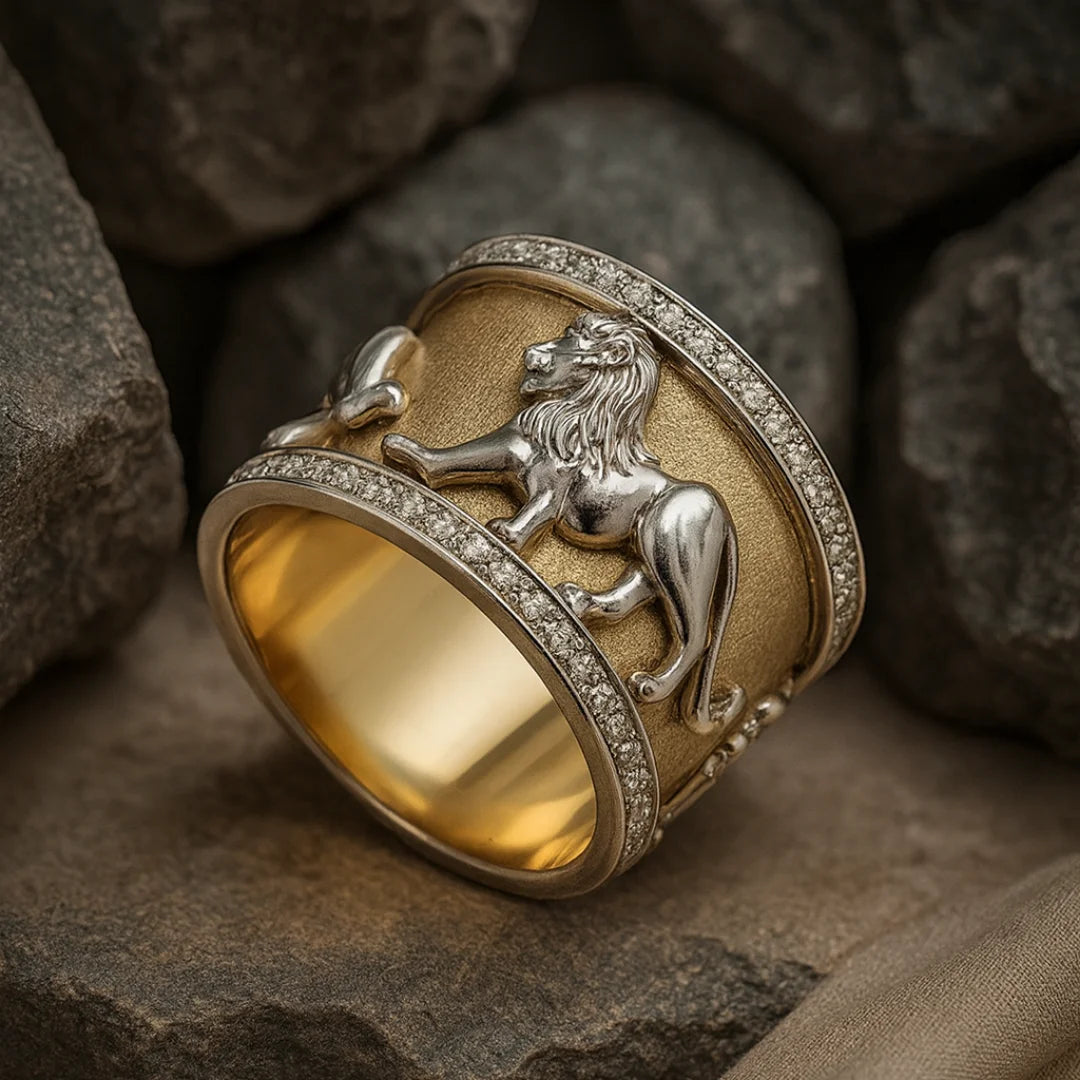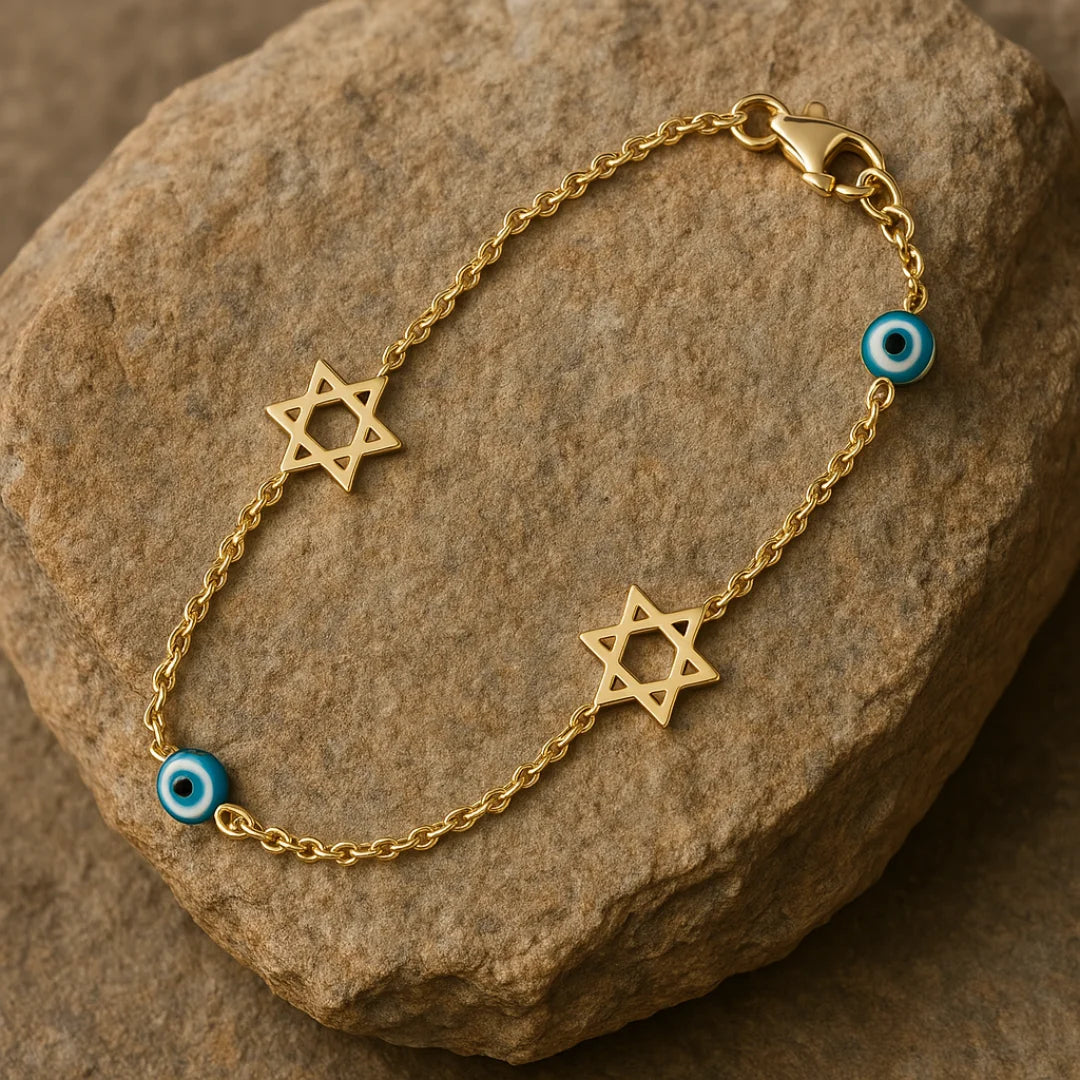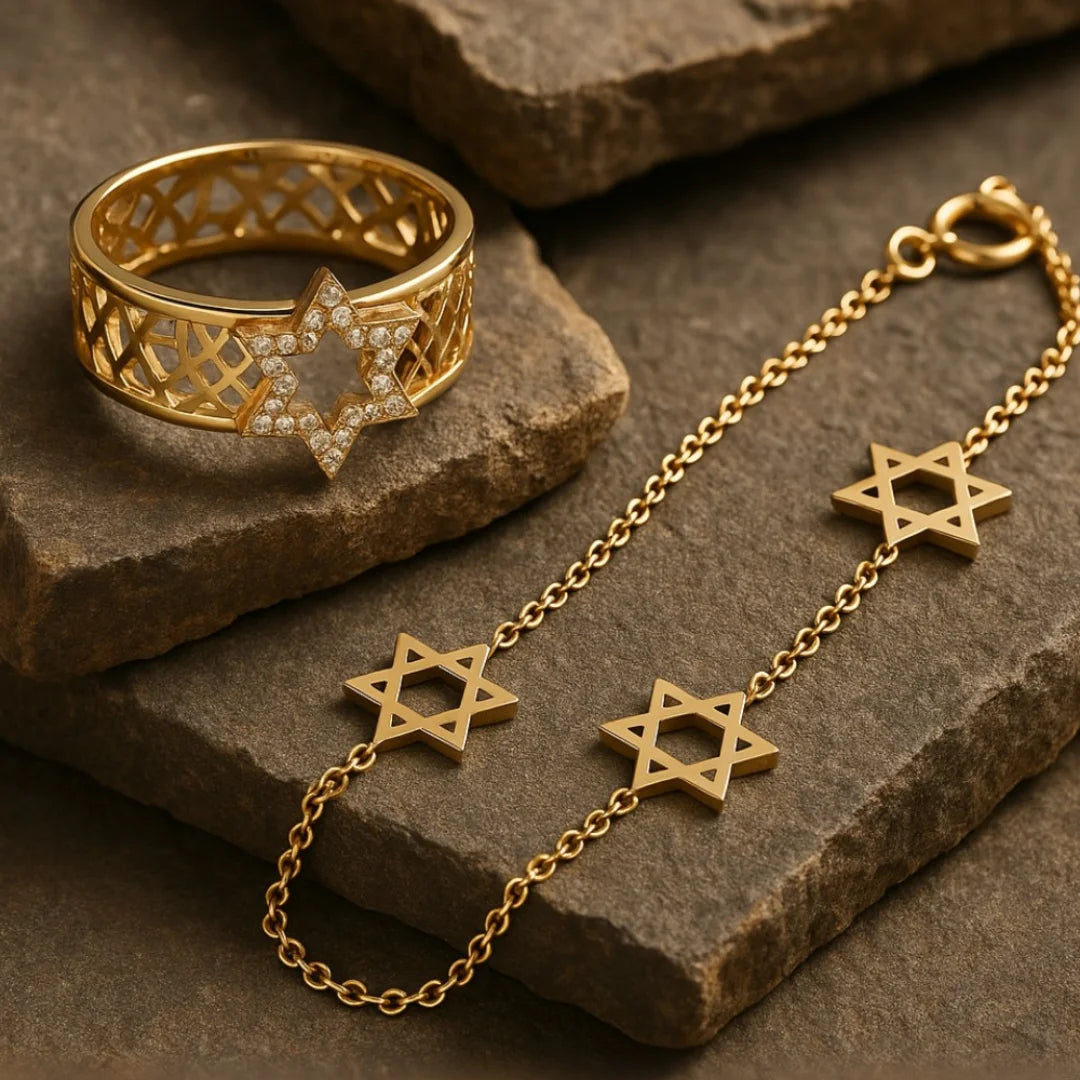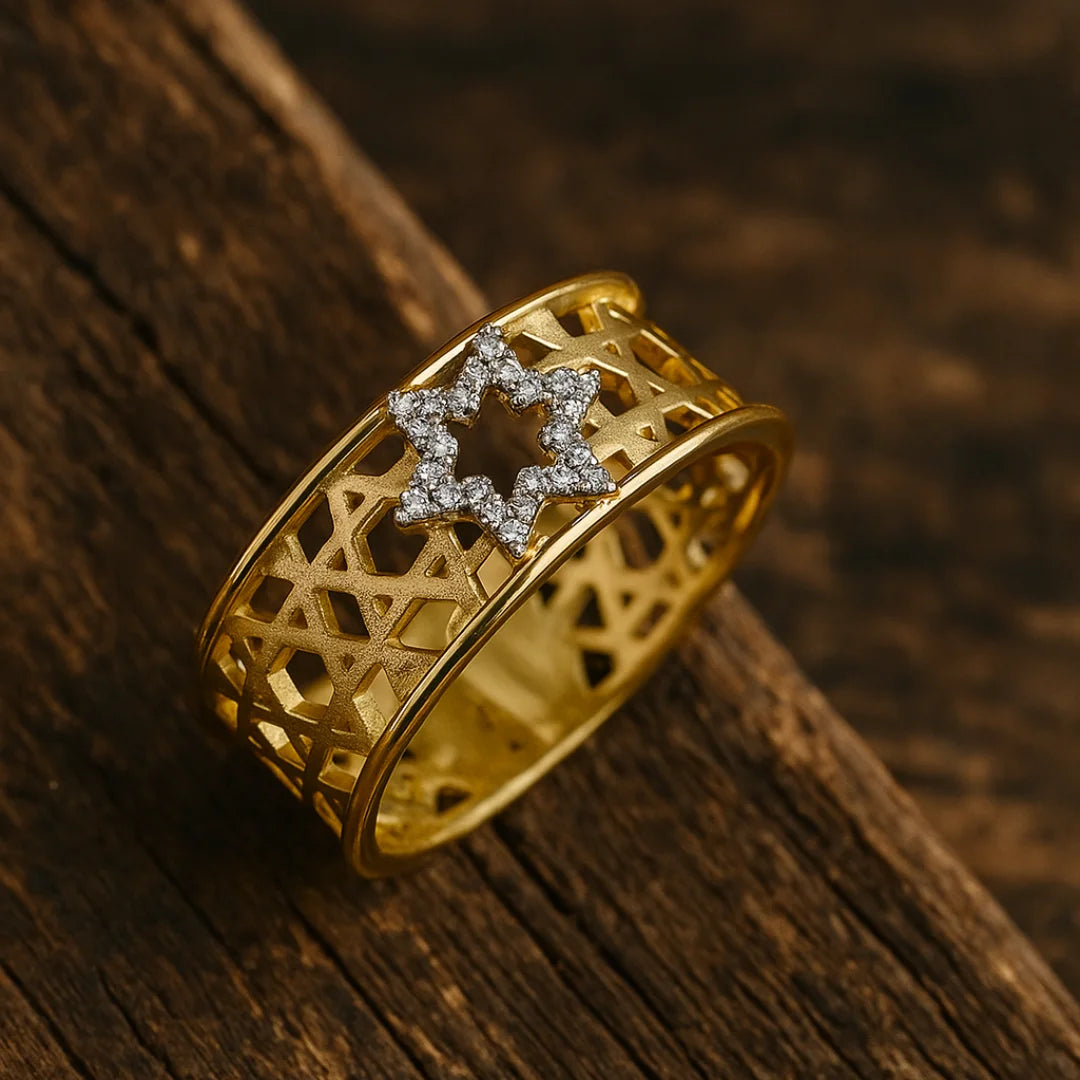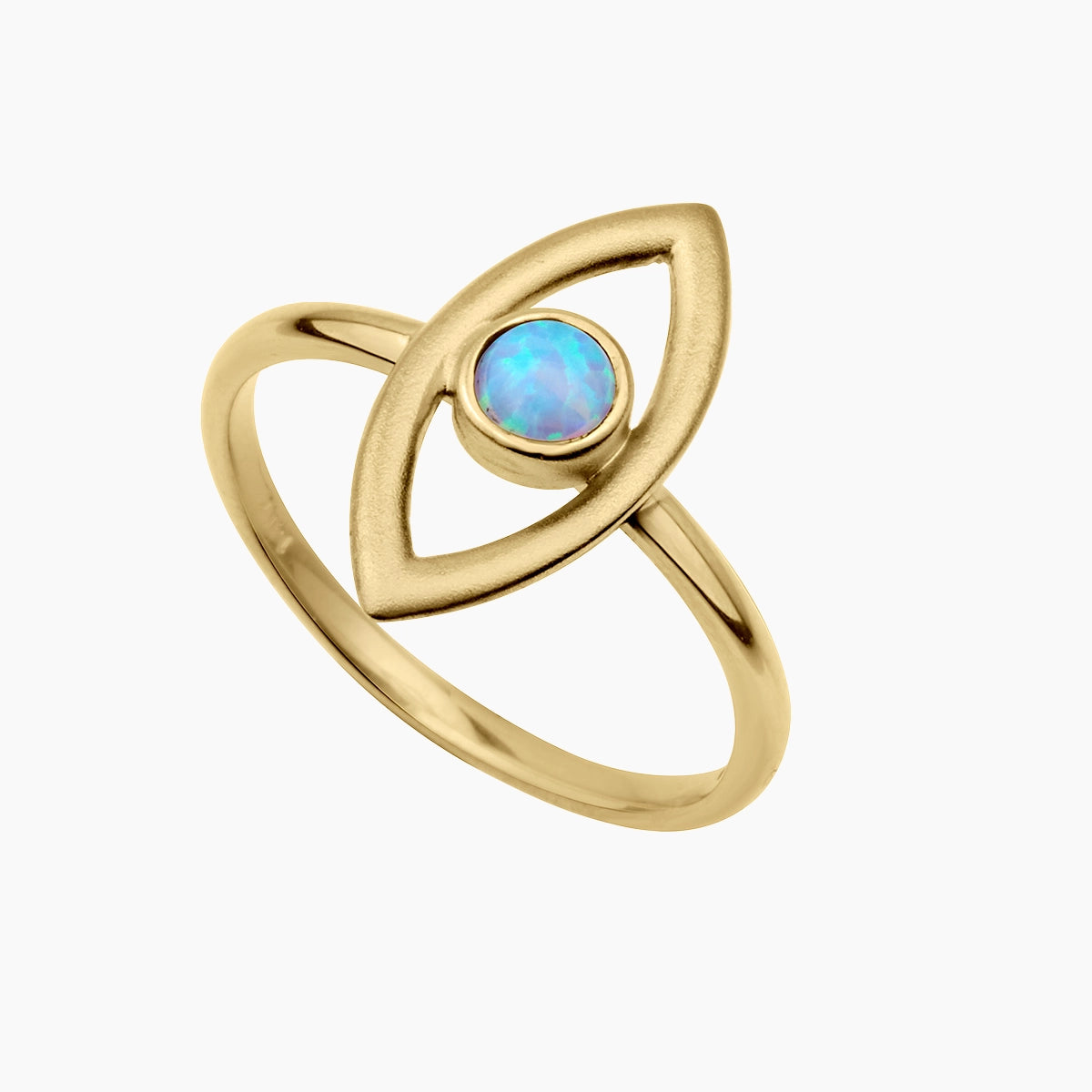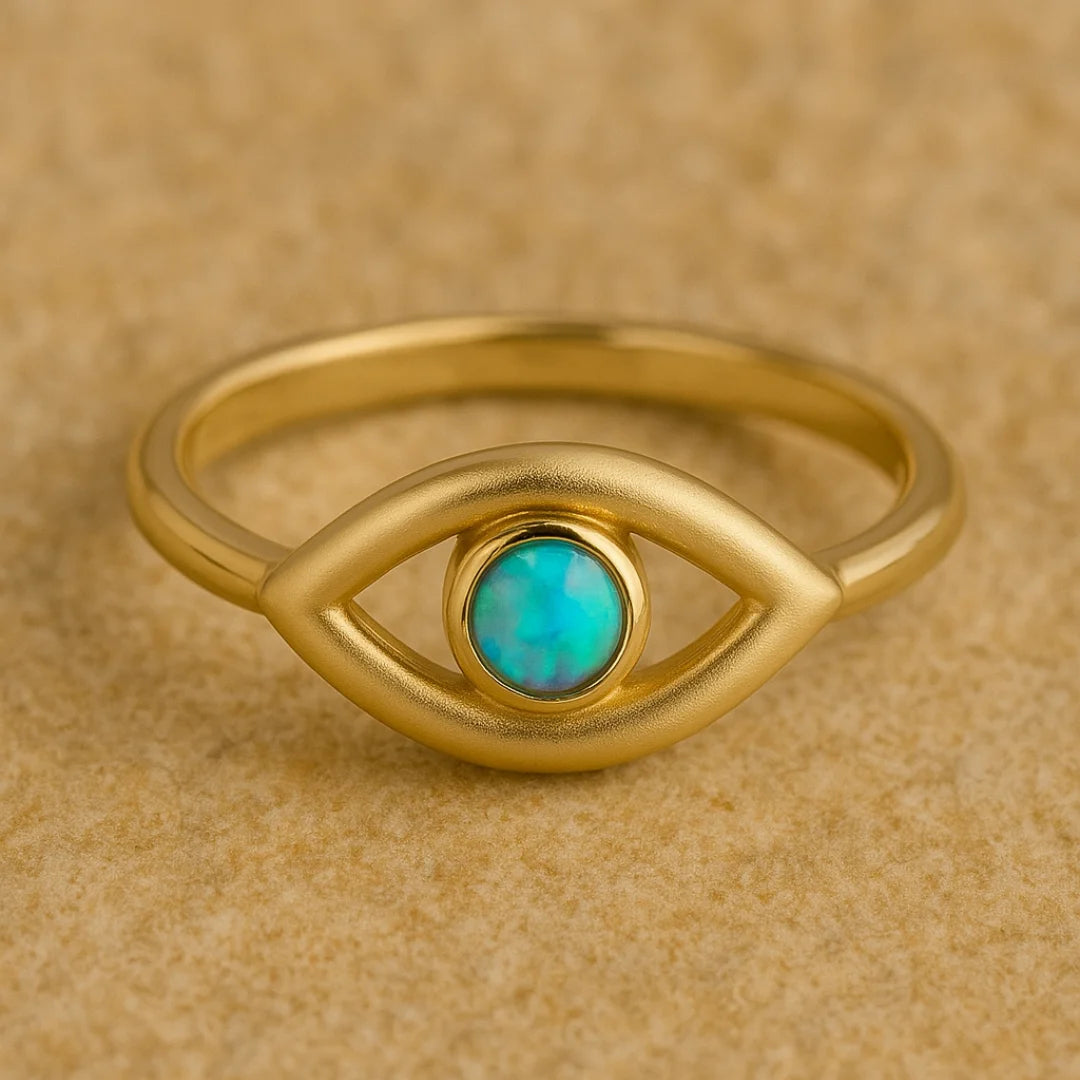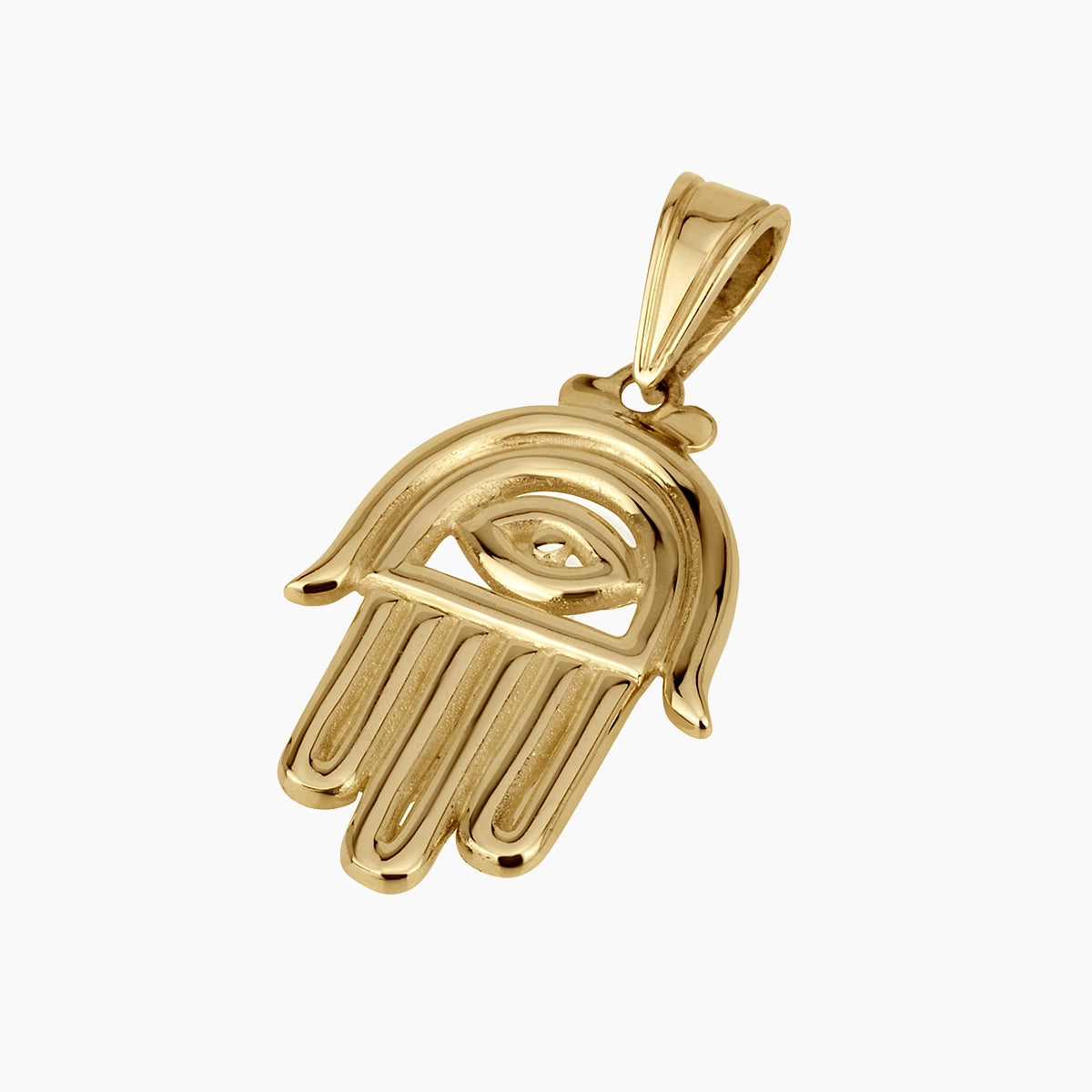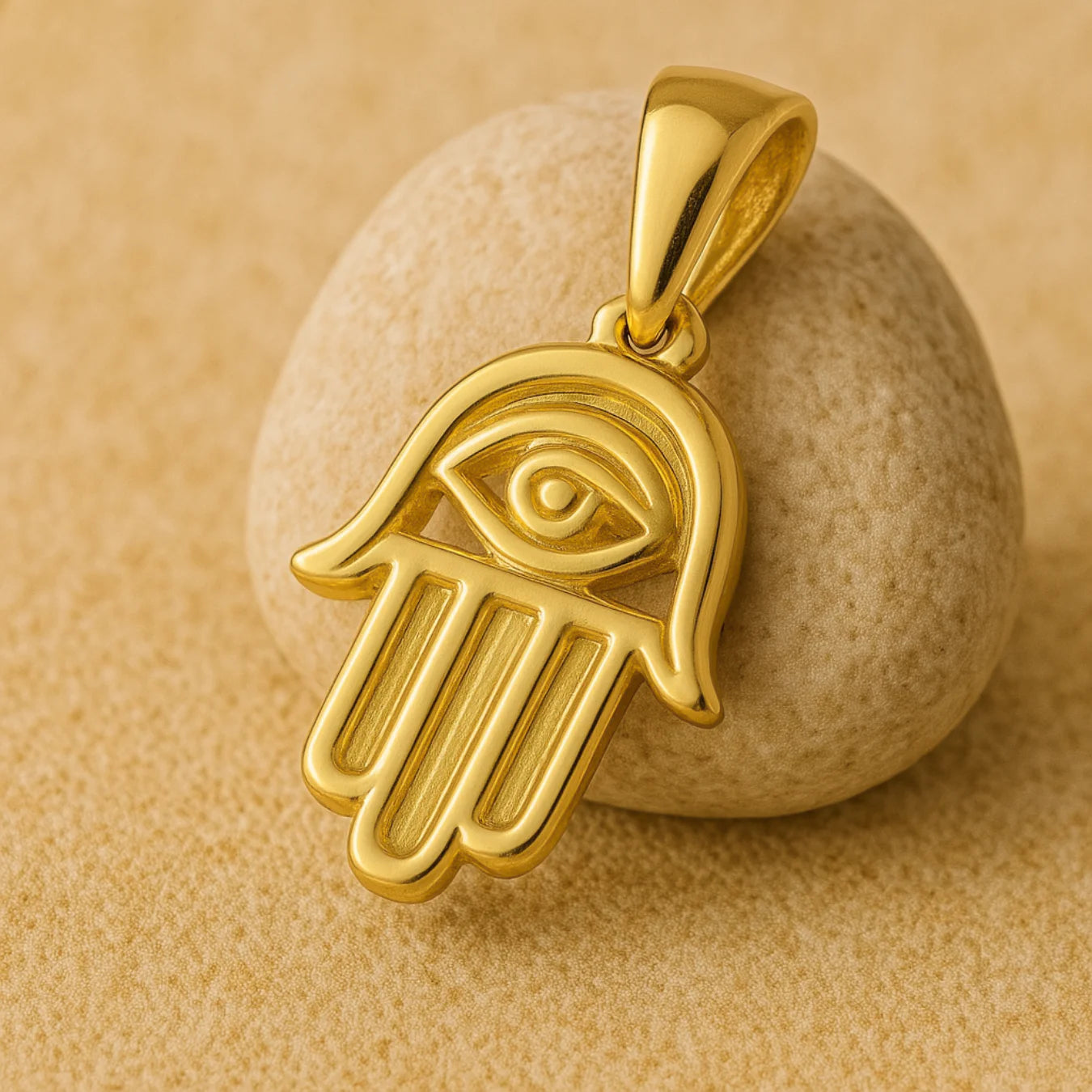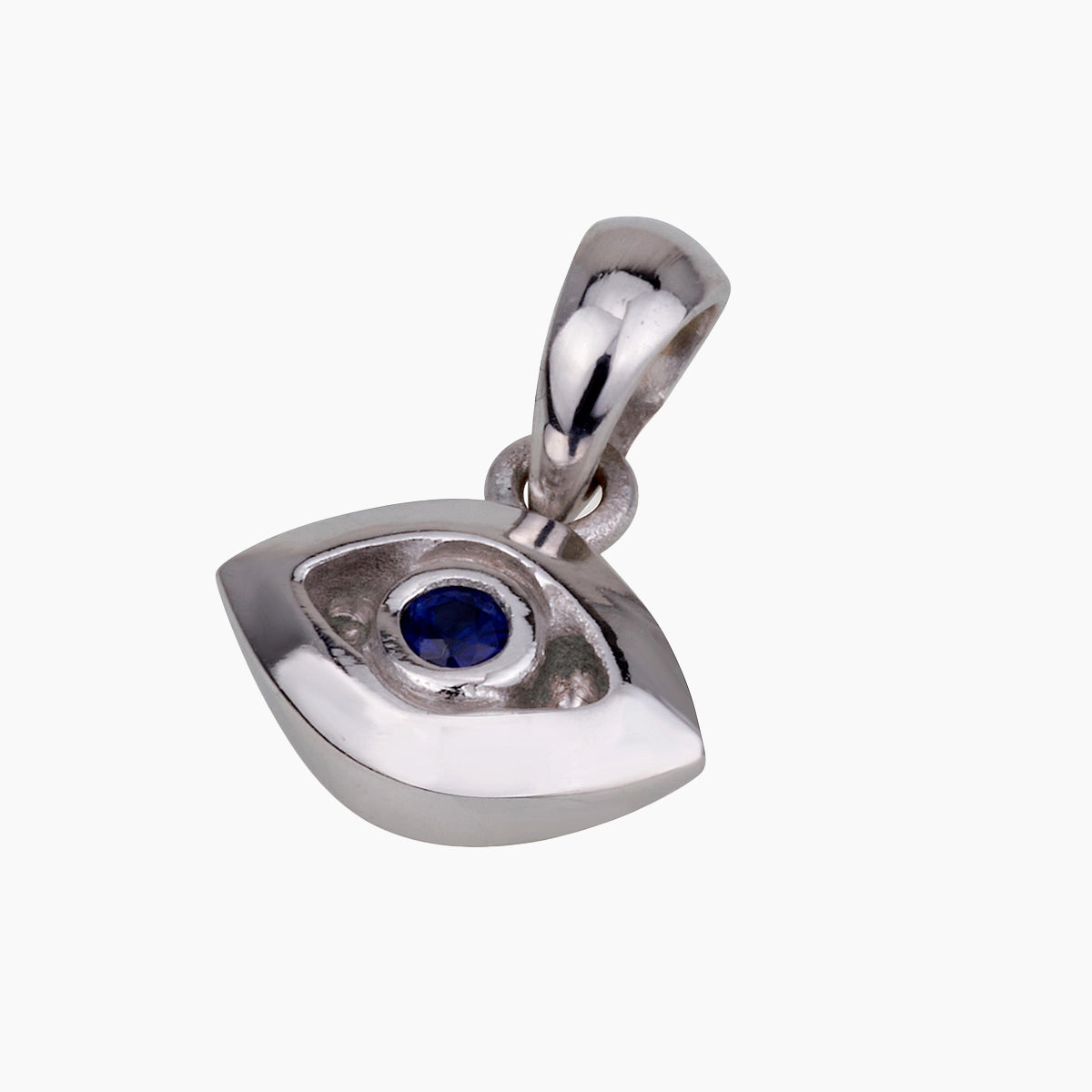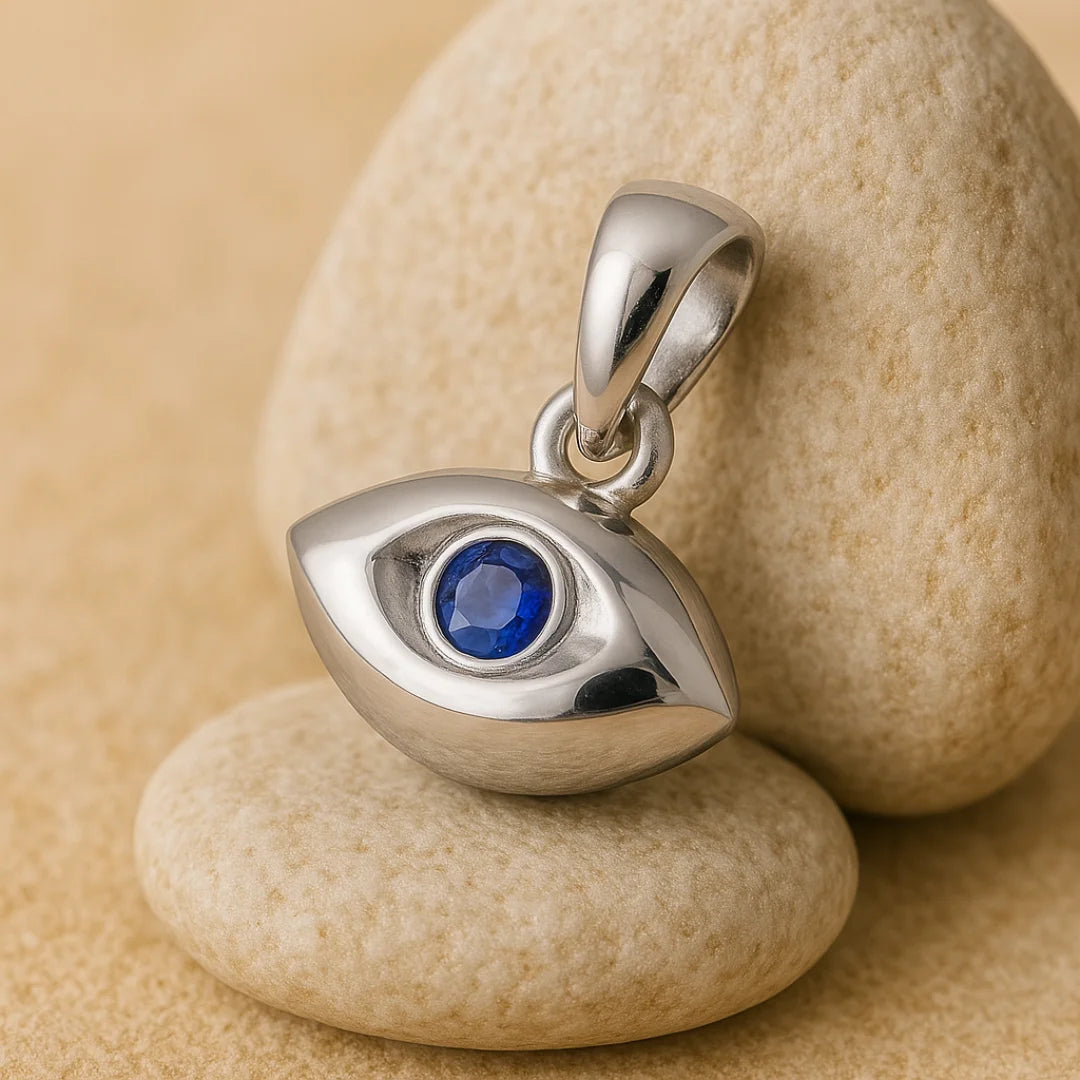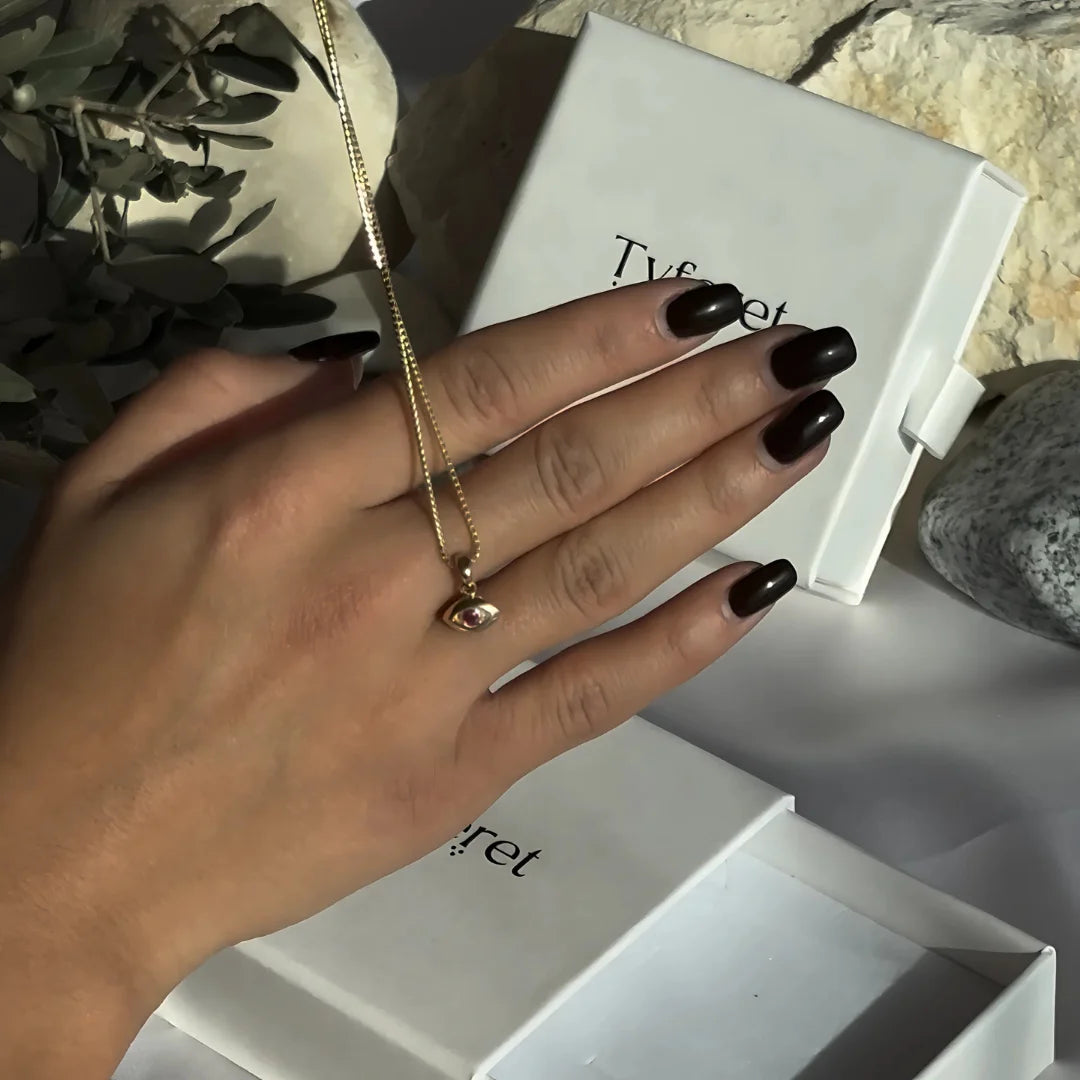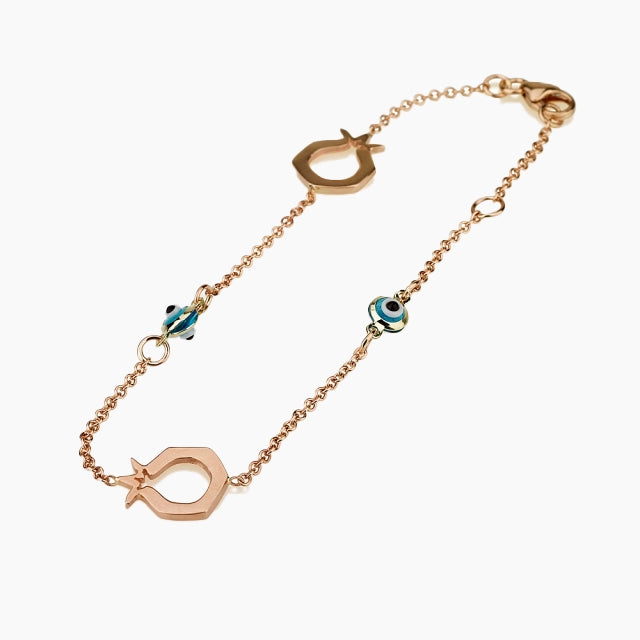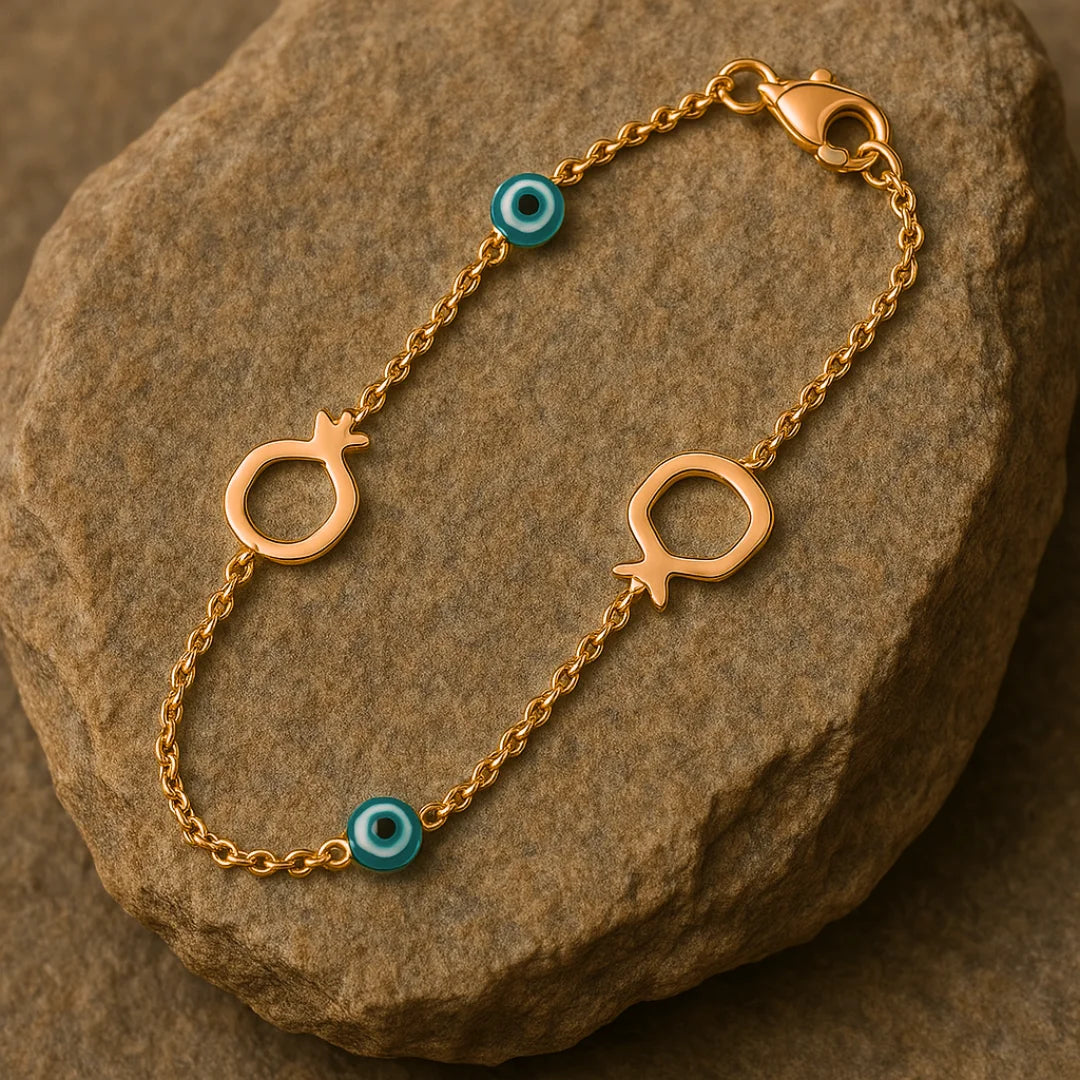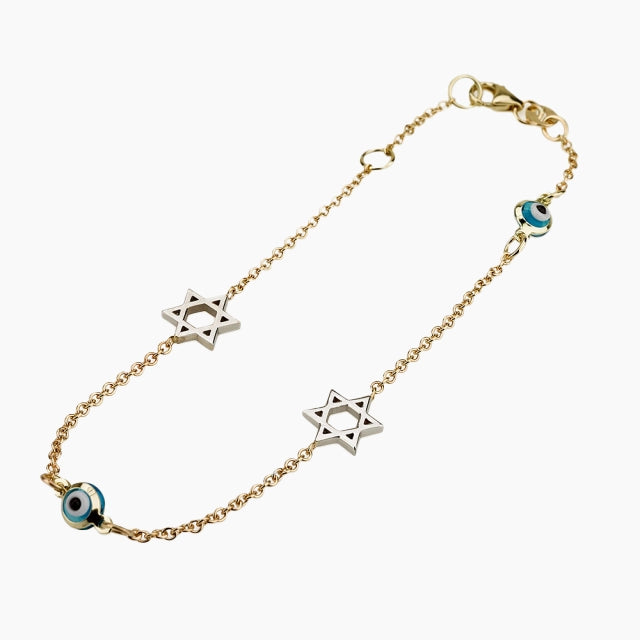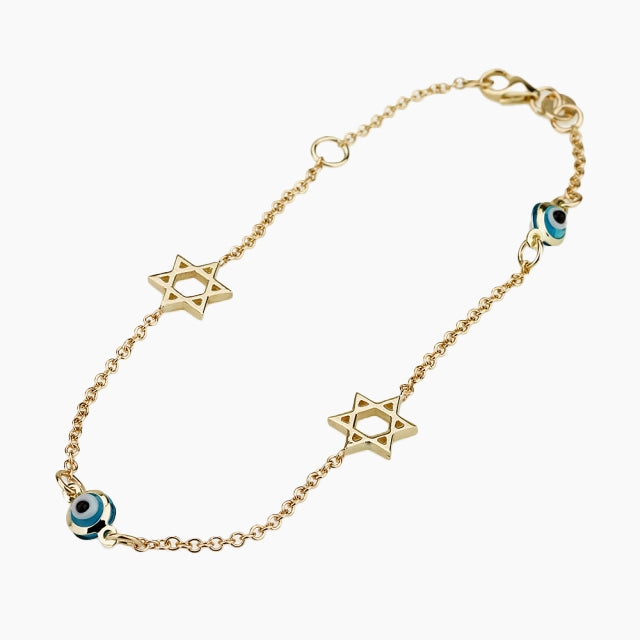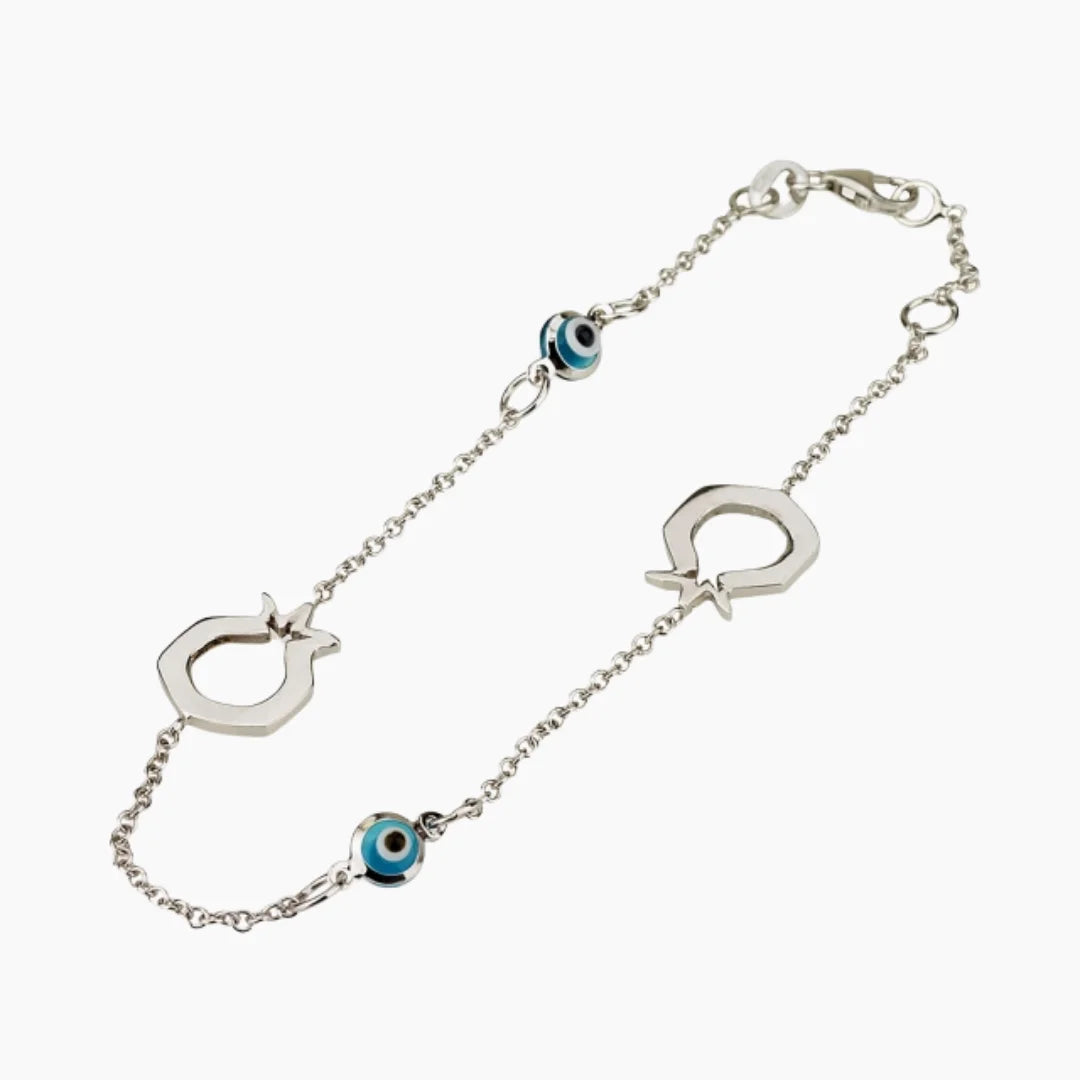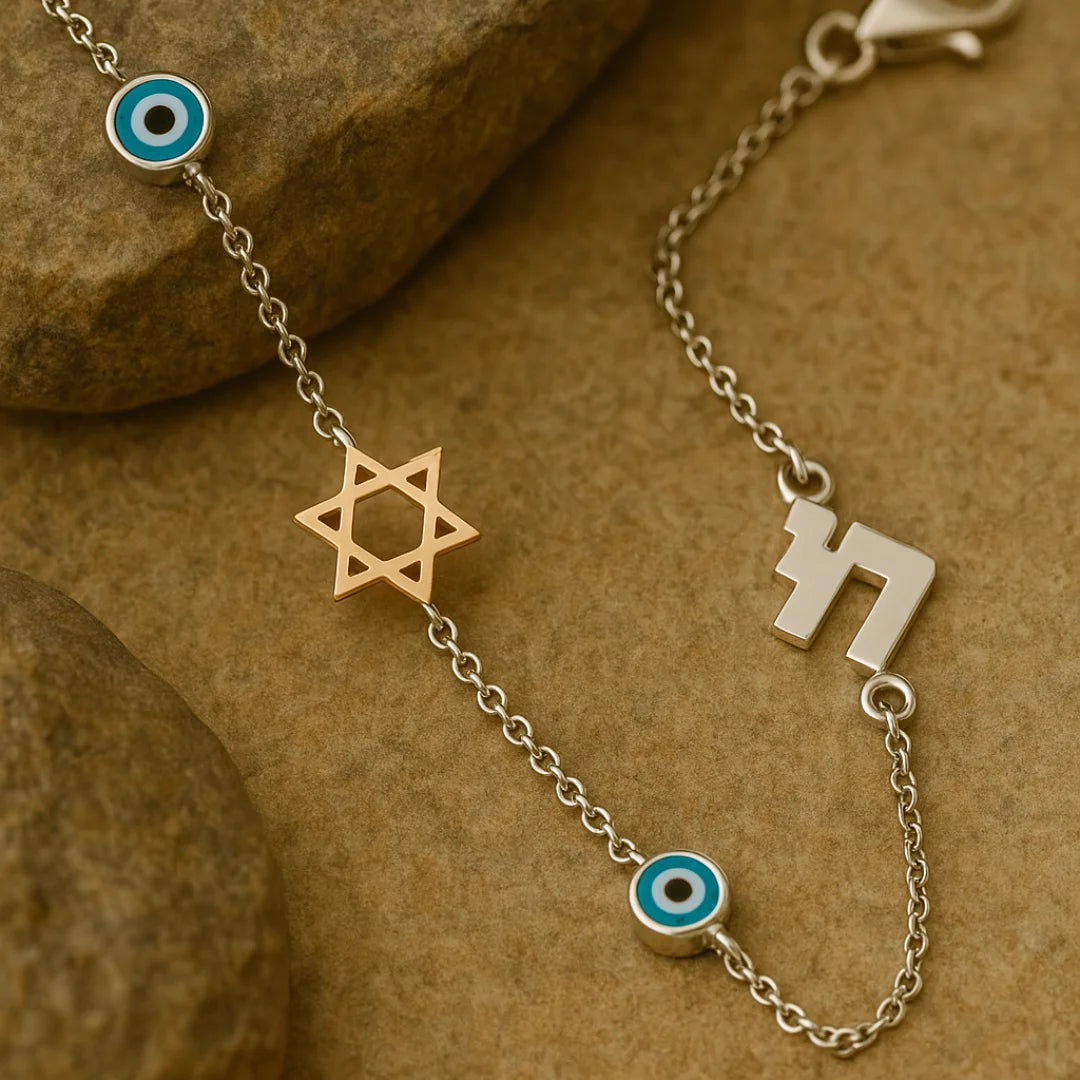
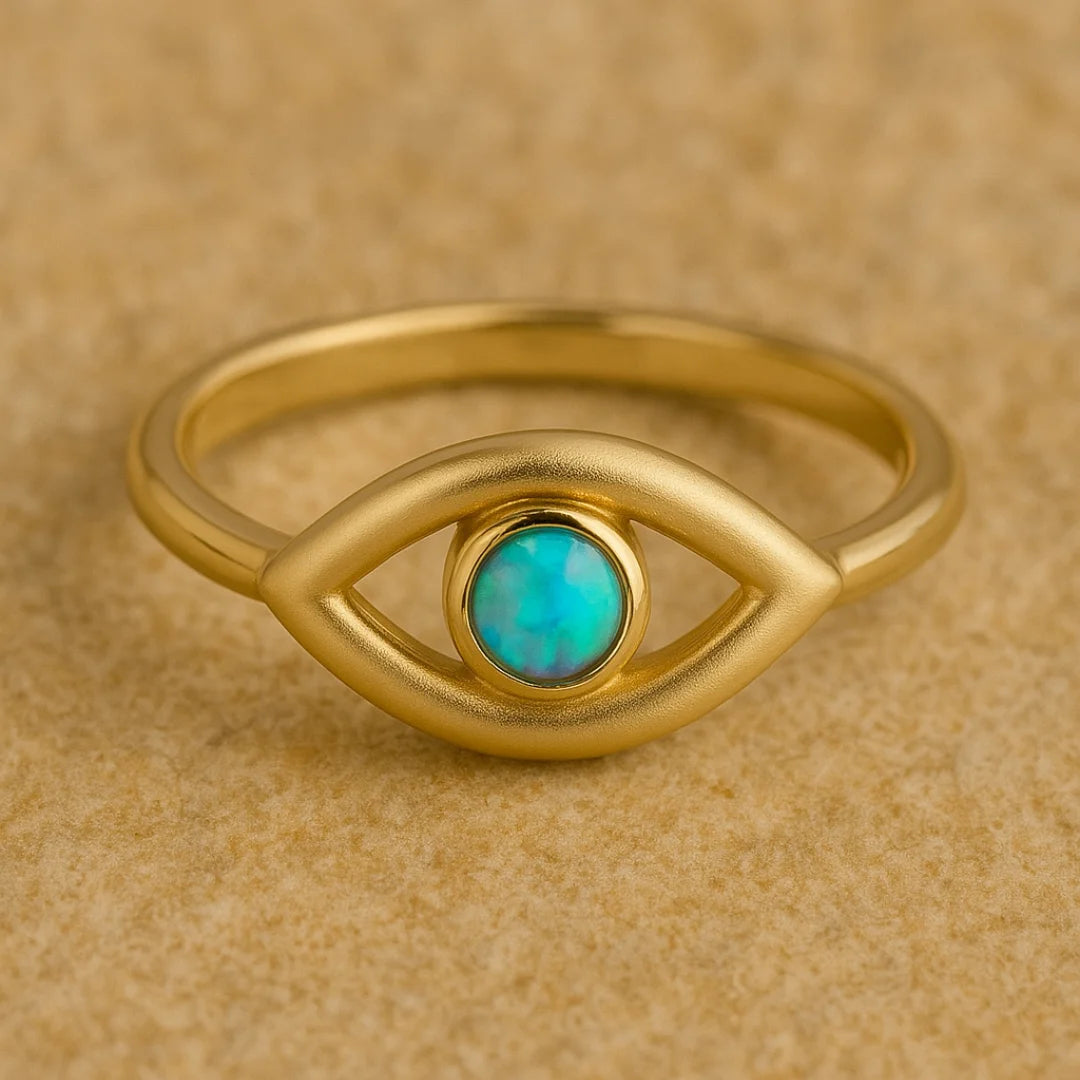
evil eye
What Is an Evil Eye? Meaning, History & Modern Symbolism Explained
The "evil eye" is one of the oldest beliefs in the world. At its core, it’s the idea that a person’s jealous or envious look can bring harm, bad luck, or misfortune to someone else. This harmful glance is what people call "the evil eye."
The concept of the evil eye across cultures
The evil eye is a superstition common in most cultures-from ancient Greece and Rome to the Middle East, South Asia and even Latin America. In spite of differences in these places, the concept is always the same: envy is powerful and an envious glance has the power to destroy. In order to be safe from it, people started wearing charms or amulets in the form of an eye.
How the evil eye is recognized today
The evil eye can now be seen in its blue-and-white eye shape on numerous products. It comes as jewelry, wall decorations and wall ornaments. While numerous individuals do not think that it will repel evil, a lot of them wear it as a source of protection, something good, or as a heritage.
The Meaning Behind the Evil Eye Symbol
The evil eye sign is unmistakable: a blue and white circle that looks like an eye. But beneath its modest appearance lies a rich depth of symbolism that has lasted thousands of years.
Protection and warding off negativity
Protection is the main purpose of the evil eye sign. People believe that they can wear or display the sign and reflect back bad energy to the one giving it. That way, it serves as a barrier and blocks envy, jealousy, or ill will from reaching them before they can do harm to them.
The role of envy and harmful glances
At the heart of evil eye belief is the idea that envy is potent. Envy, even an unintended one, would be believed to produce illness, bad luck, or bad fortune. The eye symbol, watchful at all times, was created as a retort: if the "eye" is watching back, it can reverse the harm.
The History and Origins of the Evil Eye
The evil eye is not particular to an area or culture-it is a belief that has been present in parts of the world for thousands of years.
Ancient roots in Greece, Rome and the Middle East
The earliest references to evil eye are seen in ancient Greece, as poets and philosophers described it as a negative power born out of envy. The Romans too believed in the power of evil eye and wore amulets to ward off the evil. In the Middle East, faith in evil eye became part of daily life, impacting traditions, prayers and even the manner in which people behaved in the presence of others.
The spread of the belief across religions and cultures
As people traveled and cultures met, the evil eye spread far and wide. It was incorporated into Jewish, Christian and Islamic society, with each adding their own meanings and traditions to the concept. Mothers gave charms to children to ward them off from harm in most societies, and farmers used the symbol to guard animals and crops.
The variety of traditions shows to what extent the fear of envy and the necessity of protection have been prevalent during the course of human history.
The Evil Eye in Religion and Tradition
The evil eye has found its way into numerous religions and traditions, each assigning it an extraordinary position within religious existence.
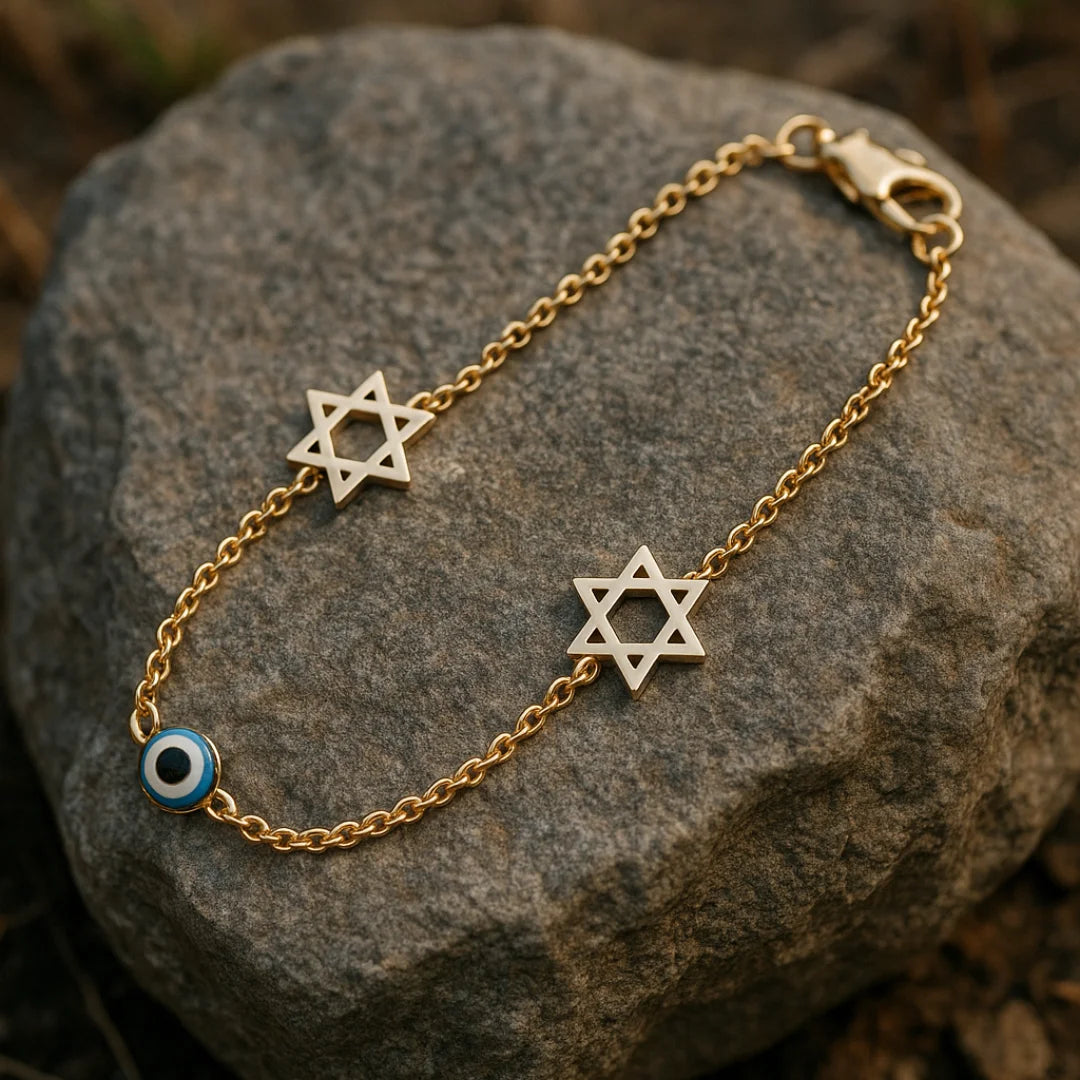

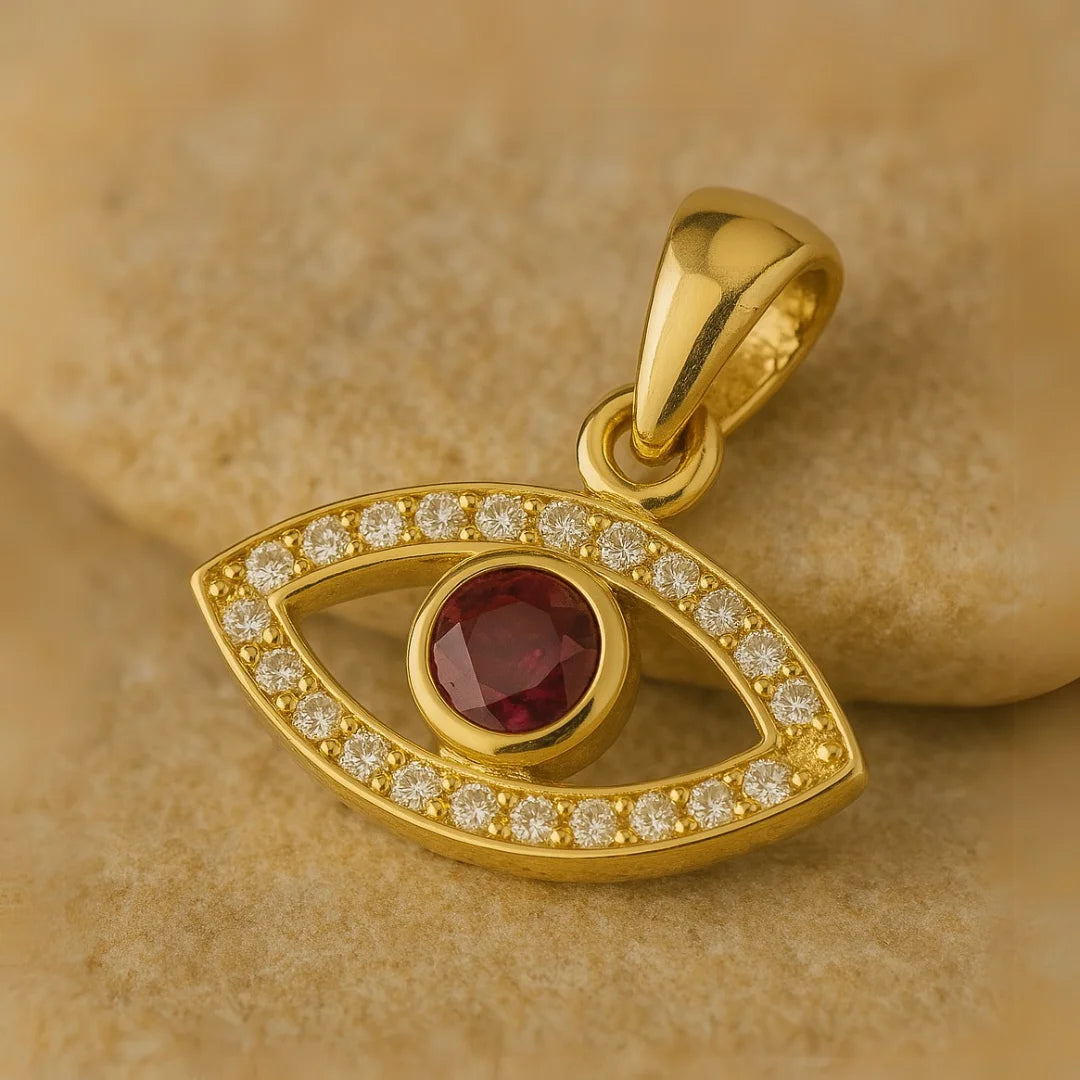
The evil eye in Judaism and the Bible
Evil eye (ayin hara) appears often in rabbinic literature in accounts of Jewish practice. Evil eye is seen as jealousy's power to cause damage. The Talmud warns against drawing too much attention to blessings, lest one invites envy. While the symbol is not cited in the Bible, it does allude to the dangers of envy and the necessity to protect oneself against it.
The evil eye in Christianity and Islam
The evil eye is rarely found in Christianity, but when it does occur, it is used to describe jealousy and sin. In Islam, the concept is complete with the concept of al-'ayn. There are numerous Muslim practices through prayers and protection against the evil eye and eye-shaped charms used in homes and worn as jewelry.
Folk traditions and regional practices
Apart from religion, the evil eye is a deeply rooted component of folk culture. Blue glass evil eye charms-known as mati or nazar-are displayed in homes, cars and workplaces in Greece and Turkey. Red bracelets are worn by babies in Latin America to ward off jealously. These examples show how widespread and adaptable the belief has persisted over the course of history and space.
Evil Eye Jewelry and Amulets
One of the easiest ways through which people protect themselves from the evil eye is jewelry and amulets. These small yet powerful symbols are worn close to the body and protect as well as decorate.
Why people wear evil eye jewelry
People adorn evil eye jewelry to ward off negative energy. A ring, bracelet, or necklace with the symbol supposedly sends negative stares back to their source. For many, it also brings a sense of relief and confidence in knowing that they carry an old-fashioned means of protection.
Common designs and materials
The classical version has a blue-and-white eye, but there are many styles in modern versions. Some are made of glass, others of gold or silver and several of them have gemstones or enamel to give it beauty. The sign can be in pendants, rings, earrings, or charms. Regardless of the variations, the sign remains the same: protection and positivity.
Modern interpretations in fashion and spirituality
Today, the evil eye is both a fashion statement and a spiritual symbol. It is made use of in minimalist fashion, high-end accessories and even clothing. It can be used by some simply to be in vogue, but for others it is an important way of staying connected with cultural heritage and age-old practices.
The Evil Eye in Modern Day Life
The evil eye has never been eliminated. It has, however, adapted to modern times and discover new applications in fashion and culture and spirituality. Even now, there are people who continue to believe that envy can cause damage. Rumors of sudden bad luck, illness, or unexpected setbacks often trace their origins to the evil eye. People still wear talismans, pray, or conduct rituals to repel evil eyes and evil doers in different cultures.
Can anyone wear an evil eye?
Yes. The evil eye symbol is not unique to any religion or culture. Anyone can wear it, either as a protective amulet, religious reminder, or simply as a pretty pattern. What matters is the significance behind it-whether religious, cultural, or personal reassurance.
The balance between superstition and symbolism
To some, the evil eye is a quaint superstition of the past. To others, it is a powerful spiritual or cultural metaphor. To many today, though, it is both: a nod to historical tradition and an ongoing reminder of the importance of protection, positivity and balance in life.
Featured collection
Evil Eye Jewelry
Handmade 14k Solid Gold & Opal Evil Eye Ring
14K Gold Hamsa Pendant With Evil Eye
14K Gold Eye pendant with Sapphire
14K Gold Eye Pendant With Ruby
14k gold Jewish Bracelet
Eternal 14K Rose Gold Bracelet with Eye and Pomegranate Charms
14K Yellow & White Gold Bracelet with Star of David & Evil Eye Charms
14k Gold Jewish Bracelet with Star of David & Evil Eye Charms
Heritage 14K White Gold Bracelet with Eye and Pomegranate Charms
Heritage 14K White Gold Bracelet with Jewish Charms
Frequently Asked Questions
The evil eye is believed to protect one from envy and hatred. It is a defensive tool, reflecting evil energy and sending it back to its source, while making the wearer feel peaceful and confident.
The evil eye is a common concept in most societies, yet one of the oldest societies to document it was in ancient Greece. There, they called it mati and it is still a strong element of Greek culture today.
Evil eye is religion-neutral. It exists in Judaism, Christianity, Islam, Hinduism and all folk religions. Every culture has protection and belief regarding it in their own way.
The evil eye itself is not held to be malevolent-it is envy or jealousy that can bring about misfortune. The symbol of the evil eye, however, is held to be benign, for it is being used in protection against the evil.
The Bible does not specifically define the symbol, but it does warn us against envy and jealousy. Several of the verses mention the "evil eye" as a way of referring to greed or malice. Ayin hara (the evil eye) in Judaism carries such meanings as well.




